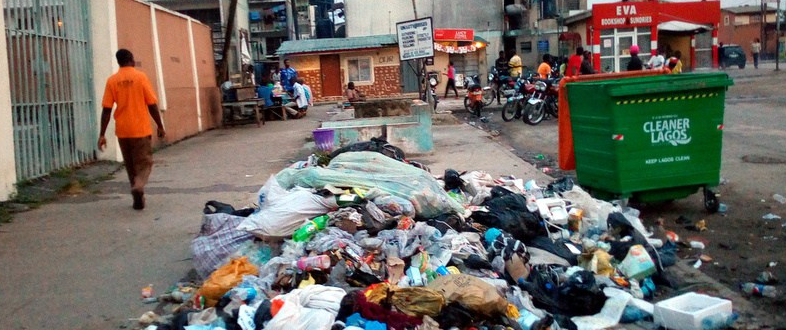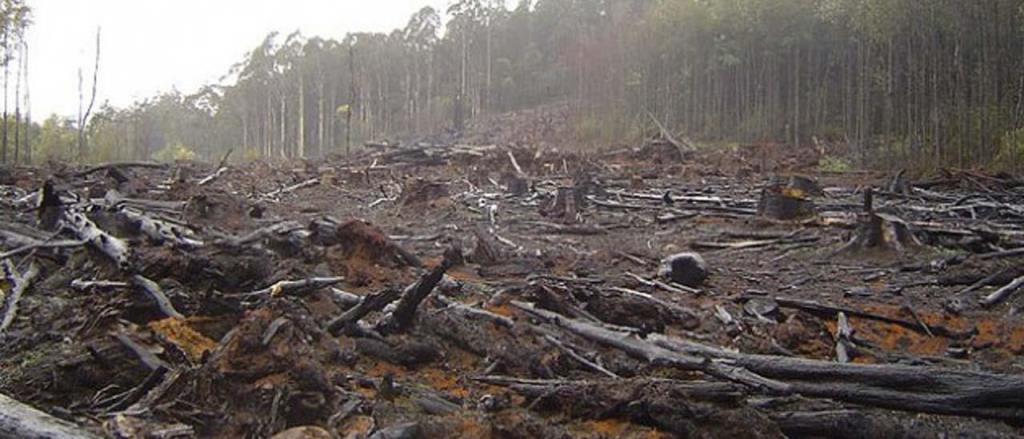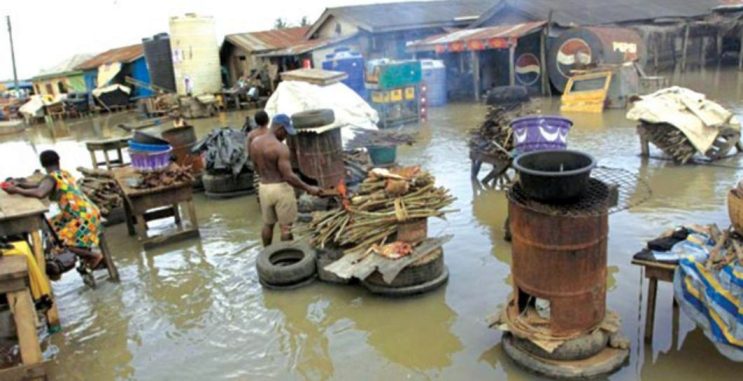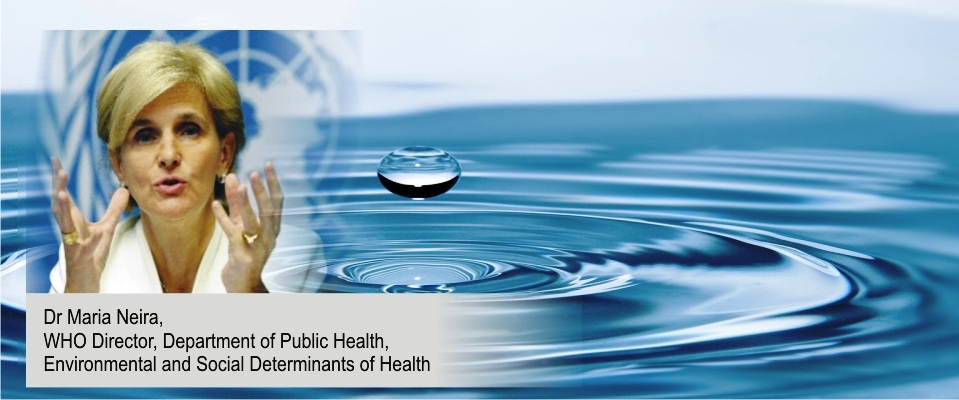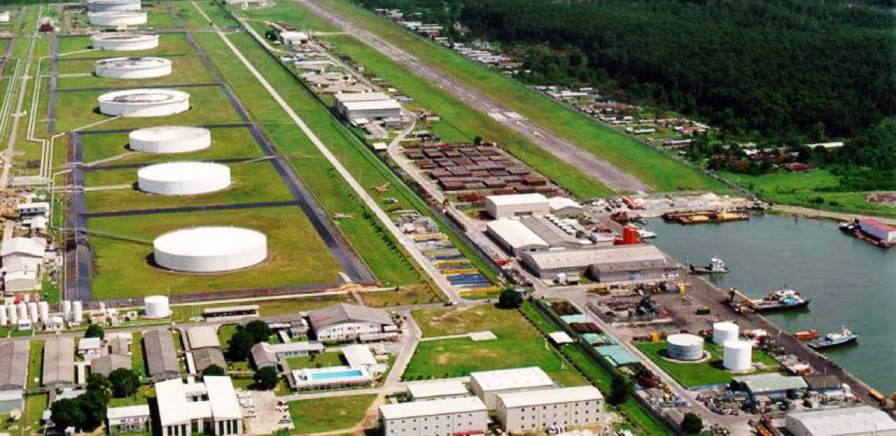
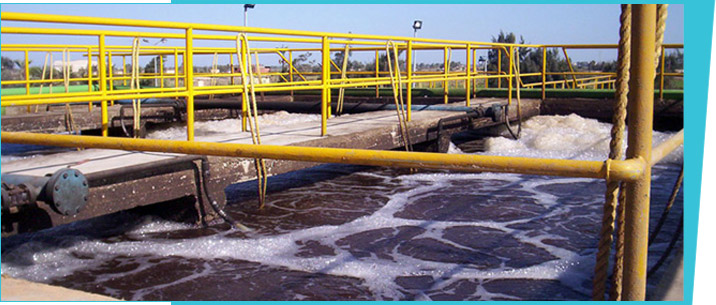
To cite this article
Abdulmumini Ado, Gumel S. M., Jamil Garba. Industrial Effluents as Major Source of Water Pollution in Nigeria: An Overview.
American Journal of Chemistry and Applications. Vol. 1, No. 5, 2014, pp. 45-50.
ABSTRACT
Water Pollution arises from introduction of foreign materials capable of deteriorating water into a water body, hence positing negative effect on aquatic lies and human health. Industrial effluents account for several point sources of water pollution. While developed nations adopt stringent water quality requirement to control river pollution from point and non-point sources, the situation is different in most developing countries like Nigeria.
waste water treatment in Nigeria is not given the necessary priority it deserves and therefore, industrial waste are discharged into receiving water bodies without treatment and the consequences of which include among others, river pollution, loss of aquatic life uptake of polluted water by plants, diseases burden and shorter life expectancy in developing countries.
The present review intends to investigates the level of water pollution caused by level of water pollution caused by industrial effluents from tanneries textiles, palmoil mill, brewere and soft drink in Nigeria with a view to provide useful information to the researchers on current research status authorities concern on the management, control and investigation of pollution cases, water quality surveillance and forecasting water quality.
INTRODUCTION
Nigeria is the most populous country in Africa with a population of over 160 million people, the country is endowed with generous resources of water bodies the span of water bodies with country is estimated at 900km2 . This water provides resources for fishery, transportation, irrigation, recreation and domestic use (Ekige et al, 2010). Different regulations put in place to protect the marine environment and other water bodies in Nigeria have not been effective in controlling the indiscriminate dumping of effluent into open water bodies. These dumping of effluents ranges from chlorides, phosphate, oil and grease, nitrates heavy metals among others a(Ekiye et al, 2010).
The level of these effluents have been found to be in concentration above acceptable and permissible level (Olayinka and Alo 2004; Esoka and Umaru, 2006; Emiola et al 2010). Industries are the major sources of pollution and various level of pollutant can be discharge in to the environment either directly or indirectly (Glyn and Gary, 1996).
However, discharged effluents from industries have been other chemicals equally present are poisonous to human and toxic to aquatic life. (Kupechella and Hyland, 1989; WHO, 2002). Effluents from industries were found to alter the physical, chemical and biological nature of receiving water bodies (Kanu et al, 2011). Yusuf and Sonibare (2004), reported that effluent from Kaduna textile industries contains oil and grease, ammonia, sulphide and colour which are considered pollution sources; and colour which are potential pollution sources; they concluded that air quality of the area covered by the entire Kaduna river basin could be negatively affected by both the gaseous emissions and particulates which could be released from the effluents.
However, deterioration of water quality due to industrial effluent and municipal sewage discharge has been documented in literatures. The contamination of Cauvery River in India by heavy metals (lead (Pb), Chromium (Cr), Zinc (Zn), was reported and it was attributed to agricultural, industrial and anthropogenic activities around the river (Begum et al, 2009). High level of mercury (Hg) was found in amphibians, invertebrates and reptiles which revealed a strong influence from industrial effluent (Hsua et al, 2006). The characteristic qualities of five textile industries effluent in Kaduna (Nigeria) was analysed and high level of chemical oxygen demand (COD), Total supended solids (TSS), ammonia (NH3), Biological oxygen demand (BOD) and sulphide (S2-) that exceeded the Federal Environmental Protection Agency (FEPA) limit by several fold was reported (Yusuf nd Sonibare, 2004). The characteristics of selected effluents from industries in Ikeja, Lagos (Nigeria), were analysed and it was reported that the concentration of effluent discharge is on the limit (Sangadoyin. 1995). High levels of blood lead was reported due to exposure to the environemental pollutant which can get into the human body through various sources (Orisikwe, 2009).
However, characteristics of pollutants in effluent from five tannery industries in Kano metropolis in Kano state (Nigeria) were analysed and it was reported that effluent significantly chromium concentration varied between 1.02 +/- 0.13 to 1.56 +/- 0.06 mgL-1 which are above the limit set by world health organization (WHO) and FEPA of 1.0mgL-1 . Hafawa enterprise Tannery unique leather finishing had significantly high lead concentrations, while great Northern Tannary limited were found to be a potential source of iron contamination (Akan et al, 2007).
Another study conducted by Akan et al, 2009, analysed effluent samples from tanneries and textiles industries from Kano industrial areas of Chalawa, Bompai and Sharada industrial are and reported that the physicochemical parameters (BOD, COD, DO) anions, trace elements and heavy metals were higher than the limit set by WHO for the discharge of tanneries an textile effluents into river they concluded that based on the high levels of the above parameters/effluents, regular monitory of pollutant in the tannery and textile effluents are necessary to ensure proper discharge of these effluents into receiving rivers (Salanta, Chalawa and Bompai). A study on water quality of Ogun River (Nigeria) in chihc industrial effluents from Lagos and Abeokuta are discharged was conducted and it was reported that the level of turbidity, oil and grease, faecal coliform and iron were very high in l the sampling siles (Jaji et al, 2007). Although finding related to industrial pollution water resources have been disturbing, the category of pollution that has received much attention in Nigeria is sewage pollution of portable drinking water (Ekiye et al, 2010).
This has been managed with the weight of such bodies as UNICEP established in 1952 an water aid which began work in Nigeria in 1995 to assist with the vast water and sanitation needs found and has since been assisting the water and satitation units (WASU) of Local Government Councils to deliver water ans sanitation services to the poor.
However, about 60 percent of the Nigerian populace both rural and some urban dwellers still source for domestic water and sometimes drinking water from ponds, streams and shallow wells justifying the concern for increases in he level of pollutants in both the surface and ground water whose sources could be traced o industrial effluents and domestic sewage, thus making water pollution monitoring more vital (Adelegan, 2004). Presently, very little if any has been done on an integrated level concerning industrial pollution abatement in Nigerian waters (Egbu, 2004; Olayanka and Alo, 2004; Essoka and Umaru, 2006; Eyiye et al, 2010). The Federal Government of Nigeria from tannneriies, textiles, palm oil milks, brewery and softdrinks industry researchers on current research status and only gave attention to environmental abuse after the discovery of an Italian ship dumping toxic waste in Nigeria in may 1998, giving rise to the establishment of the "Federal Environmental Protection Agency" (FEPA) later that year.
The establishment of FEPA was also followed by the publication of "National guidelines and standards for Environmental Pollution" which focused mainly on industrial pollution. This body was rename in September, 1999 and 15 presently Federal Ministry of environment.
The present review intends to investigate the level of water pollution caused by industrial effluents: Nigeria with a view to provide useful information to the authorities concern on the management, control and investigation of pollution cases, water quality surveillance and forecasting water quality.
Download full Article
Culled: American Journal of Chemistry and Applications. Vol. 1, No. 5, 2014
